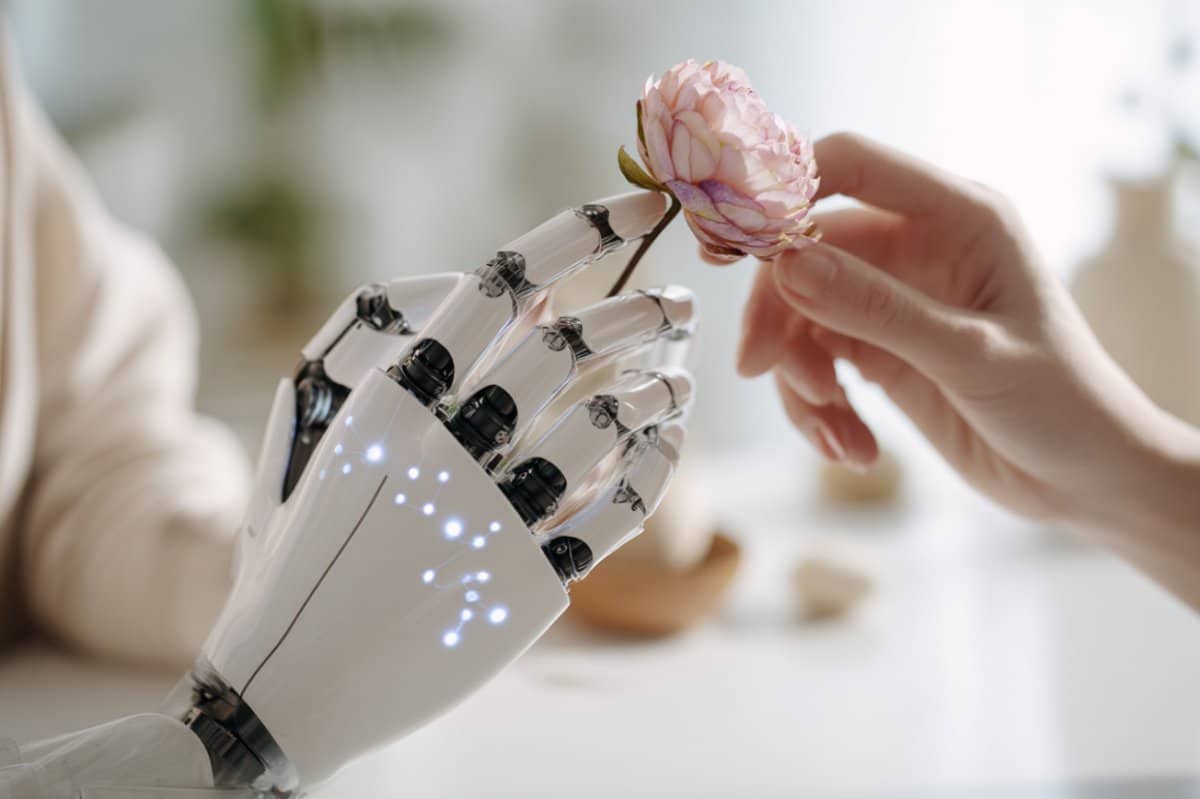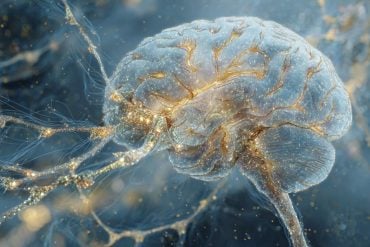Summary: A next-generation neuroprosthetic hand that restores a sense of touch is moving into a pivotal home-use clinical trial. The “iSens” system uses implanted electrodes to read muscle intent and stimulate nerves, relaying fingertip sensations to the brain so the prosthesis feels embodied.
Twelve participants will live with both their standard device and the sensory-enabled arm—then switch—to reveal how touch and control each drive real-world benefit. Funded by a major federal award, the study aims to clear a key hurdle to bringing lifelike, touch-enabled prosthetics to everyday use.
Key Facts
- Bidirectional interface: iSens both decodes movement and encodes touch via implanted electrodes and an implanted controller.
- Home-use crossover: Participants will compare their own prosthesis vs iSens at home, then switch, enabling within-subject measurement of daily impact.
- Mechanism split-test: A final phase isolates sensation only vs advanced motor control only to pinpoint which feature most improves life quality.
Source: Case Western Reserve
Technology developed at Case Western Reserve University can restore a sense of touch that makes a prosthetic hand feel like a part of one’s own body instead of feeling artificial and disconnected.
Now this technology will take a major step toward commercialization: in a new clinical trial, 12 people with upper limb amputation will be recruited to compare standard prosthetic arms and hands to the sensory-enabled neural-controlled prostheses developed at the university since 2015.

Researchers at Case Western Reserve and the Louis Stokes Cleveland Department of Veterans Affairs Medical Center (Cleveland VA) have received a $9.9 million award from the U.S. Department of Defense Congressionally Directed Medical Research Program for the trial.
“People with upper-limb-loss deserve to have better technologies that can improve their lives,” said Emily Graczyk, assistant professor of biomedical engineering in the Case School of Engineering and School of Medicine, who is leading the research. Graczyk is also an investigator at the Cleveland VA.
The neuroprosthesis
The neuroprosthesis, called “iSens,” for implanted Somatosensory Electrical Neurostimulation and Sensing system, uses electrodes implanted in the arm that detect muscle movement to control the hand and stimulate nerves, sending touch sensation from the fingertips of the prosthesis to the brain. An implanted neural control device communicates between the electrodes and prosthesis through Bluetooth.
The groundbreaking research was featured in a 2023 segment on 60 Minutes.
Researchers plan to begin enrolling participants early next year.
“The significant funding allows us to complete this clinical trial that wouldn’t necessarily get venture capital investment at this stage,” said Dustin Tyler, the Arthur S. Holden Professor of biomedical engineering and the study’s coinvestigator. “This grant will allow us to remove one big barrier to translation.”
Tyler is also director of Case Western Reserve’s Human Fusions Institute (HFI), dedicated to expanding human capabilities through advanced, human-connected, ethically driven technology.
The university initially received an eight-year, $14 million grant through 2023 from the Defense Advanced Research Projects Agency (DARPA) for the neuroprosthetics research. Tyler and Graczyk developed the technology and stimulation techniques that allowed sensory signals to be relayed from the prosthetic hand through neural implants in the subject’s arm.
Even they were surprised in early research how much a sense of touch transformed the prosthesis from a sporadically used tool to something that really felt like having one’s own hand.
“Having a sense of touch improves so many different aspects involved in quality of life,” said Graczyk, “including the sense of connectedness to loved ones, self-sufficiency, self-image and social interaction.”
The clinical trial
The four-year study will enroll a dozen upper-limb amputees using a prosthesis. It will involve three parts, which each study participant will complete over about 18 months:
- Part one: A three-month initial testing phase will document how the participants use their current prostheses. Next, each study participant will have electrodes and electronic modules implanted in their arm in an outpatient surgery. The research team will then set-up each participant’s neuroprosthetic system over three to six months of laboratory visits. A controller will be built to allow the participant to intuitively control the prosthesis with their muscle signals, and the nerve stimulation will be calibrated so the sense of touch can be relayed from sensors on the prosthetic hand to the user’s brain.
- Part two: Participants will then either be sent home with the prosthesis they were already using or the touch-enabled, multi-functional research iSens prosthesis. Each participant will complete surveys about how much they used the prosthesis and for what types of tasks and how they felt about using it. They will return to the lab for testing monthly to demonstrate how they use the prosthesis. Then they will switch. Those who first used their normal prosthesis will get the research arm and vice versa.
- Part three: In the third phase, the participants will be randomized again into a group that uses the iSens prosthesis with only touch sensation enabled or with only the advanced motor control enabled. And again, they will switch.
“We expect our neuroprosthesis to make life better for people with amputation,” said Graczyk, “but we don’t know if the biggest factor will be improved sensation or improved control, or both.”
Collaborators
Collaborators include, at CWRU: Hamid Charkhkar, assistant professor of biomedical engineering and investigator at the Cleveland VA; Ronald Triolo, professor of biomedical engineering and executive director of the Advanced Platform Technology Center at the Cleveland VA; and Ming Wang, professor of population and quantitative health sciences at the School of Medicine.
At Cleveland medical centers: Kevin Malone, chief of hand and upper extremity surgery at University Hospitals Cleveland Medical Center and associate professor of orthopedic surgery at the CWRU School of Medicine; J. Robert Anderson, orthopedic hand surgeon at University Hospitals, Director of Orthopedic Hand Surgery at the Cleveland VA, and assistant professor of orthopedic surgery at the CWRU School of Medicine; Kyle Chepla, plastic surgeon at MetroHealth Medical Center and associate professor In the CWRU School of Medicine; and Gilles Pinault, chief of vascular surgery at the Cleveland VA and assistant professor of surgery at the medical school.
At other institutions: Linda Resnik, a professor of health services, policy and practice at Brown University.
To participate
For more information about participating in the clinical trial, please contact study coordinator Jessica Jarvela, [email protected].
About this neuroprosthetics and neurotech research news
Author: Diana Steele
Source: Case Western Reserve
Contact: Diana Steele – Case Western Reserve
Image: The image is credited to Neuroscience News






